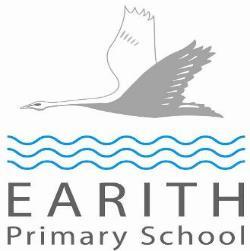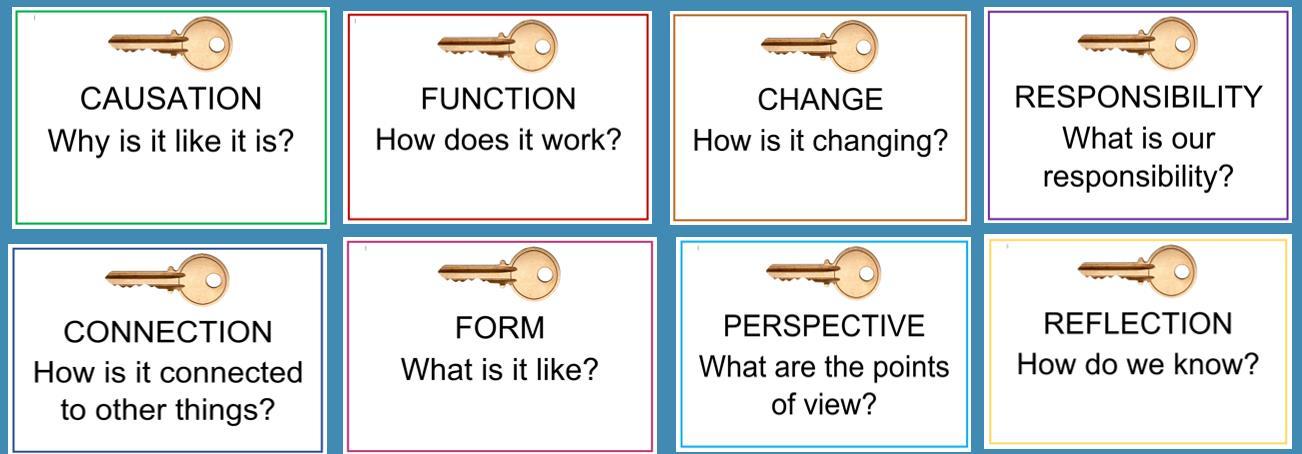
Intent
It is our intent for pupils:


It is our intent for pupils:

To know more and remember more about historical events, dates and people in the past.
To develop a chronologically secure knowledge and understanding of local, British and world history, encouraging them to explore the connection between significant events and people and how they have influenced the modern world.
To develop understanding of substantive concepts such as empire and monarchy, and disciplinary historical concepts such as evidence and causation.
To understand how the past is constructed and contested.
To ask perceptive questions, analyse more complex sources and begin to use their knowledge to develop perspective.
To be able to weigh evidence to begin to formulate their own viewpoints and perspectives of the world.
The school uses the Primary Knowledge Curriculum in order to support the delivery of the Earith History Curriculum. The principles of the PKC knowledge-rich curriculum are:
Knowledge is valued and specified. Knowledge is well-sequenced.
Knowledge is taught to be remembered.
The content of the PKC Knowledge Curriculum has been carefully chosen by subject experts and been sequenced in a meaningful way that enables children to make connections and progress from unit to unit, term to term and year to year. This means the knowledge children will gain has been carefully specified, ordered coherently and builds over time. As the children work through the history curriculum they will know more, understand more and remember more about the people and events of the past.
Where appropriate, links are made across subject disciplines to enable children to make meaningful connections. This is further enhanced by teachers referencing how the school’s Key Concepts may link to the particular history lesson or unit being taught, and to that of other subjects recently or previously taught – building pupils’ schema, over time:

Units of study are carefully sequenced by the Curriculum Lead, for mixed age classes, in a two year cycle (A and B), to allow for progression from KS1, LKS2 and UKS2 as well as through the academic year. The progression of skills is tracked by teachers using the Chris Quigley Curriculum Milestones.
Each lesson starts with a prior learning review, where children are supported to retrieve prior knowledge and make connections. There is an emphasis on explicitly teaching vocabulary, with key vocabulary being introduced and orally rehearsed at the beginning of each lesson. Key vocabulary is contextualised throughout the lesson and children are given opportunities to apply new words. Children have many opportunities to talk, answer questions, explain their learning and work independently. Throughout each lesson, teachers monitor pupil responses and provide effective, live feedback (in line with the school’s marking procedure) The learning sequence, as described, for history is supported by the teacher’s PowerPoint, which explicitly references the part of the lesson children are in, as well as signposting other key information, including visuals/hyperlinks to any resources which support the lesson delivery:

This ensures children know what to expect, no matter what year group and history lesson they are being taught – from Reception to Year 6. Teachers carefully consider the information their teaching slides contain so as not to over burden pupils’ cognitive load.
Knowledge organisers are also used to complement teaching & learning at the class teacher’s discretion. These are made available to parents, alongside the curriculum newsletter for each half term.
The History Curriculum is further enhanced through use of the school’s History & Locality Resource Boxes which include interesting artefacts, photos, maps and other documents on a wide range of historical eras. Additionally, the school’s work with Historic England on the village of Earith has also provided the school with multiple resources to support the delivery of aspects of local history – culminating in the creation of the first Earith Primary School song, which is sung regularly as part of assemblies.
History in the EYFS Framework falls predominantly under the Understanding the World Area of Learning. The Characteristics of Effective Learning are threaded through all aspects of learning and are the fundamental ways in which children within EYFS learn. During the Early Years, children will be developing knowledge, skills and understanding, which will prepare them for the Year 1 curriculum. The units of study for EYFS have a strong focus on the specific area of Understanding the World, with children learning about similarities and differences between present-day life and life in the past.
Our history curriculum is carefully sequenced in order to provide a solid framework, anchoring each unit within a wider narrative. Each unit of work should not be viewed as a stand-alone topic, but as a chapter in the story of the history of Britain and the wider world.
Understanding in history requires an understanding of causation. Our History curriculum supports children to make connections and build upon prior knowledge.
Each year, the children will study at least one unit of British history, looking at significant ‘turning points’ that help children understand modern Britain. As well as important events (such as the signing of the Magna Carta, the ‘break with Rome’ and the birth of the British Empire), children will learn about themes that run through the history curriculum. In KS1, children will begin to learn about British monarchs, and they will develop their understanding of ‘monarchy’ and the impact it has had on Britain in subsequent years as they study the reigns and legacies of significant rulers.
The Earith history curriculum is balanced to enable children to look in some depth at local, national and world history, encouraging children to explore the connection between significant events and people and how they have influenced the modern world. The content in the curriculum ensures children have a secure overview of a period, before studying aspects in more depth.
The curriculum aims to help children understand how the past is constructed and contested. Children begin by learning about what a historian does, looking at basic sources and simplified perspectives to develop an appreciation and understanding of what it means to be a historian. As their substantive knowledge grows, children will be able to ask perceptive questions, analyse more complex sources and begin to use their knowledge to develop perspective. Disciplinary concepts, such as continuity and change, cause and consequence and similarity, difference and significance, are explored in every unit, and children are supported to think outside of their current unit of work and apply these concepts across the curriculum.
The curriculum aims to ignite children’s love for history, preparing them with essential knowledge for Key Stage 3 and beyond. We aim to develop curious and knowledgeable young people, who hold a deep understanding and appreciation of the discipline of history, and are able to sift and weigh evidence to begin to formulate their own viewpoints and perspectives of the world.
Assessment:
Live, verbal feedback, is used to support and challenge children’s development in history.
End of Unit outcomes are mapped out as part of the Two Year Cycle. These have been carefully planned in order to include a range of outcomes that – not only showcase pupils’ historical knowledge – but further reinforce or stretch existing skills and knowledge across the curriculum.
End of unit quizzes may be used to further bolster knowledge retention and love for this subject.
The impact of the history curriculum is measured in several ways:
Formative assessment:
Teachers respond to the day-to-day emergent needs of pupils, providing support and feedback during the lesson (including at the start: reviewing prior learning) and in informing the next steps for subsequent lessons.
Knowledge assessment:
Pupils take part in cyclical quizzes at multiple points throughout the year in order to provide an opportunity to recall what they have learnt: this process supports memory retention and recall – knowing more; remembering more.
In EYFS, Target Tracker is updated termly, using additional documentation, such as Development Matters, to support. At the end of the Reception Year, judgements are made against the Understanding the World – Past and Present Early Learning Goal.
Leadership:
The History lead engages with, and leads on, History CPD to ensure that they, and all staff, have the subject knowledge necessary to deliver the Earith History curriculum.
The History lead monitors and evaluates the History curriculum through a range of sources: lesson visits/typicality walks, planning scrutiny, pupil learning conversations, response to CPD and teacher review meetings. Triangulated, these sources form the basis of evaluating the impact of the curriculum on pupils’ knowledge & skills. As a result, the History Lead’s subject Action Plan is further informed by emerging strengths and priorities. The Action Plan is designed to consider current research relevant to the discipline of History, as well as the Intent of this document, to continue to develop and improve the teaching of history at Earith Primary School.
The History lead reports to the Earith governing body regarding the quality of education in History.